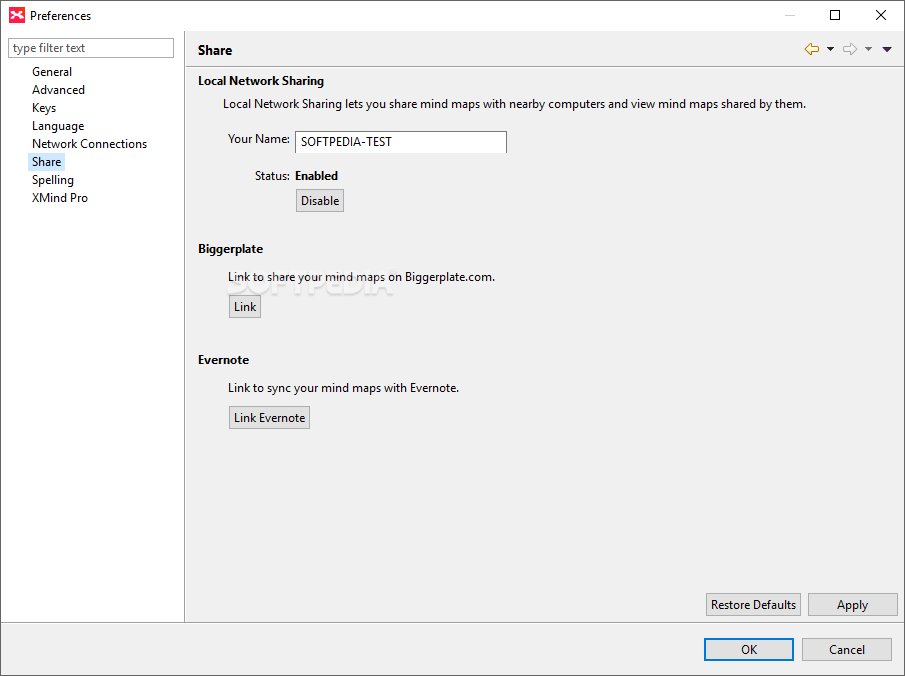

Improper Tag britt // as Numerals can’t be a first character. Always note that the element name should start immediately after the “ 99995555 // numerals are used at the last. The start tag denotes the start of any non-empty XML element in an Xml file and continues with the text content and other elements. The order of closing the tag is noticeable, the outer tag should be closed after the inner tag. As mentioned above the tags are case-sensitive mandatorily.Ĥ. The start tag or open tag should have the same name as the end tag.ģ. The above example has three elements. The X-tree is drawn from the above example.Ģ. Meanwhile, is a root tag in the XML document. We shall see the illustration with the tree. In the above statement, it creates the smallest XML document.

Every document in XML should have a particular root tag and can be named with any user-defined tag and should be closed with the correct root tag name. Precisely we should be very consistent with respect to one element.ġ. as lower-case and upper-case content is different in element names. Tags in Xml part is case- sensitive which means, both the tags are entirely different and does different purpose in XML file. As we go along, we are allowed to make new XML tags. The content of the elements is determined openly which may be in character data, element, or comment. And everything that is done between the start and end tag is exclusively termed as content. XML tag starts with (“”) characters used to state the start and close of the elements, but it is not a part of the element. XML tags are defined using Schemas or Document Type Definition (DTD) specifically and considered to be extensible tags. To be clear, XML tags are user-defined mark-up language. Here users have to create their own tag according to their specifications also all the tags specified should match with the end tag.

To indicate which element belongs to the respective content the tags are been introduced. With XML, Tags are the basic foundation and are defined as the scope of an element. XML Extensible Mark-up Language tags are completely different from HTML tags in a way that they do not have predefined tags instead XML Launches user-defined tags and is named to be a recognizable feature of XML.


 0 kommentar(er)
0 kommentar(er)
